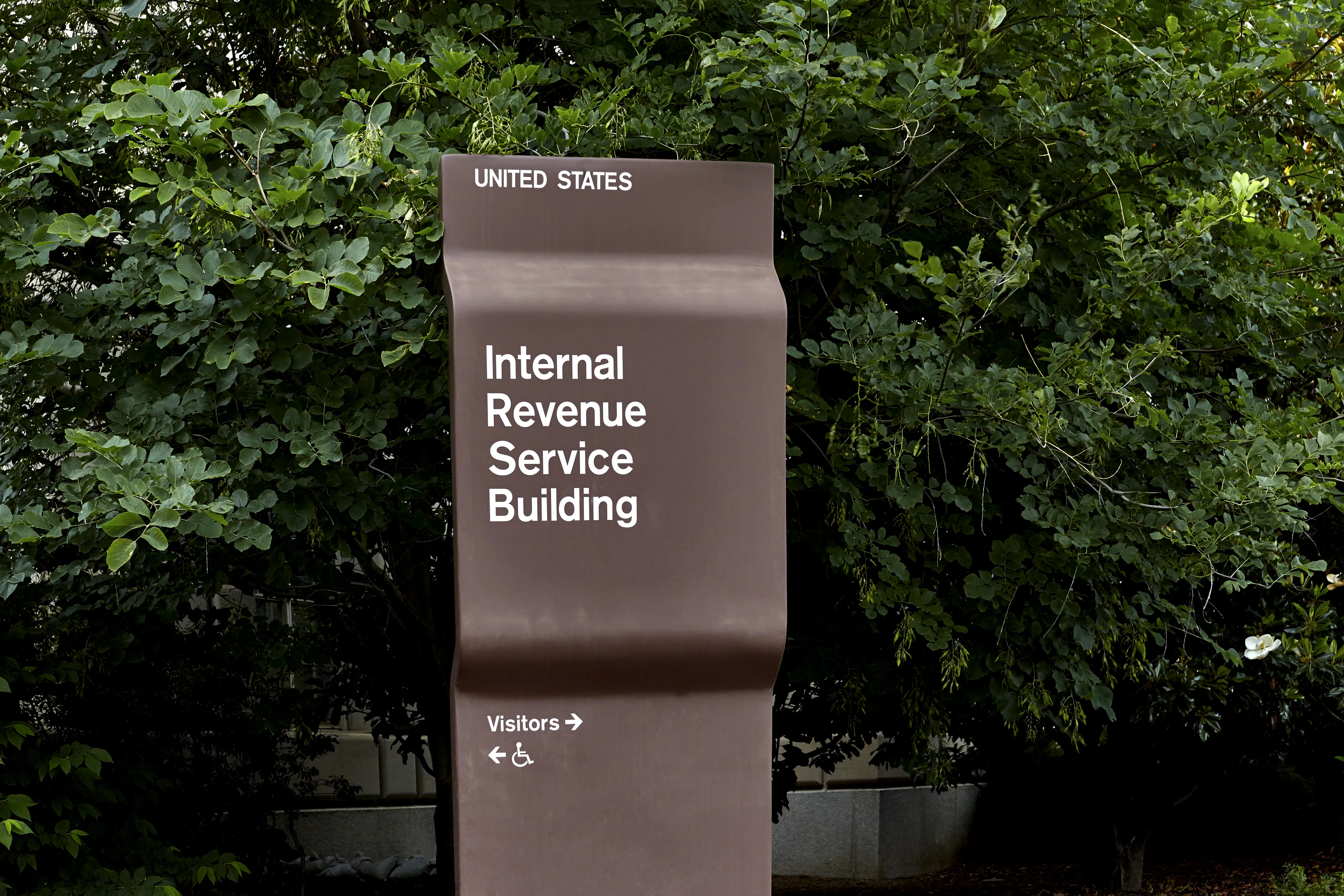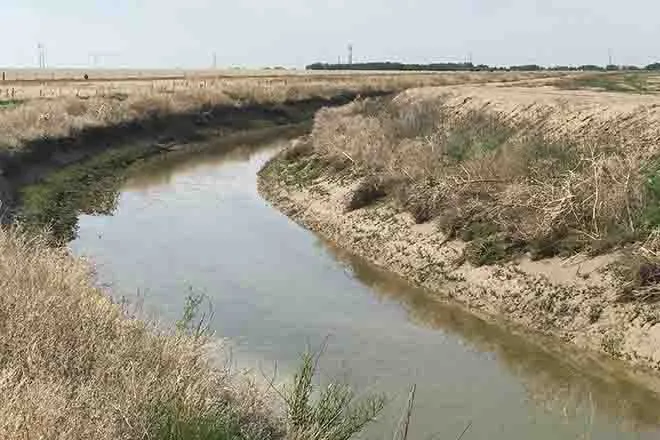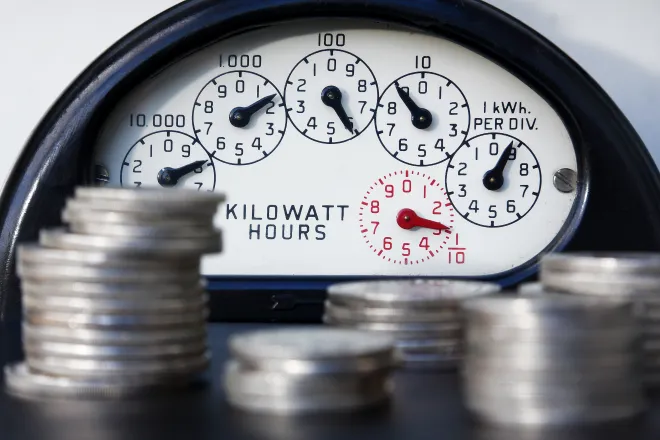
EPA to consider vinyl chloride ban; public comments through October 23
Click play to listen to this article.
(West Virginia News Service) The Environmental Protection Agency began an in-depth review of the health risks of vinyl chloride last year, part of a process required to limit or ban the chemical.
Jess Conard - Appalachia director for the advocacy group Beyond Plastics - said communities in places like East Palestine, Ohio, and in West Virginia along the Ohio River, experienced widespread harm after train derailments and leaks of the chemical.

© iStock - Davizro
She said she believes the heightened public awareness of the dangers of vinyl chloride prompted federal action.
"We have safe alternatives for all the consumer products on the market, and I think that the EPA is starting to recognize this," said Conard. "So I do commend the EPA for starting the process, which is the first legal step that could lead to a complete and total ban."
The EPA is accepting public comments on the ban until October 23. Vinyl chloride is used to create PVC pipes, vinyl siding, windows, flooring, packaging, and many common household products.
Research has shown exposure comes with an increased risk of liver, brain, and lung cancers - along with lymphoma and leukemia.
For decades the Charleston area, home to many industries that produced vinyl chloride and other industrial chemicals, was known as the Chemical Valley.
Conard said rather than an outright ban, the EPA is more likely to phase out the chemical, and phase in more sustainable alternatives for companies and consumers.
"We know that pipes, for example, are a big problem right now," said Conard, "because of evidence that indicates that there is leaching of these plastic chemicals into the water that the pipes are carrying."
A 2024 report by Toxic-Free Future estimates more than three million Americans live within one mile of trains carrying vinyl chloride, and that 36 million pounds of the chemical may be traveling along rail lines at any given time in the U.S.

















